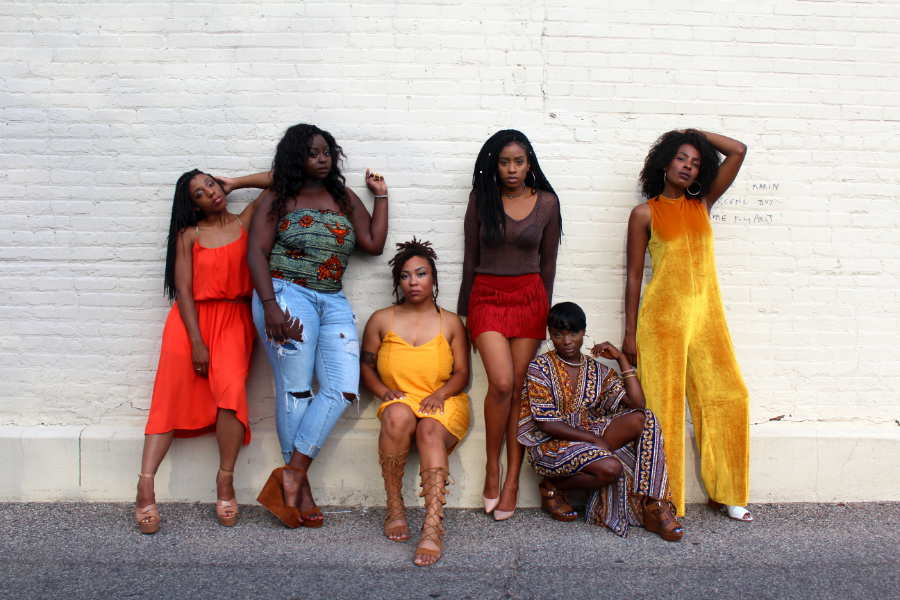Grammar basics: subject pronouns

Personal pronouns, also called subject pronouns –
what are they?
Essentially, they are the subject –
people, animals, objects, abstract concepts etc. – carrying out an action, i.e. doing something.
When that subject is a person, you can use their name. And you can do the same when the subject is an object or an animal. But to avoid repeating their name endlessly, you can use a pronoun instead.
In most cases, when you wish to communicate something, you’ll need to know two key elements – who/what the subject is, and what they are doing. Simple. Almost every other piece of information is an accessory. With these two essential elements, you can convey meaning.
So now we’re halfway through with this post!
There are two main distinctions when it comes to pronouns – some pronouns indicate a single unit or item, and other pronouns indicate a group or more than one unit.
Single items are…
∞ IO = I in English
∞ TU = YOU in English
∞ LUI or LEI = HE or SHE in English
LUI >

ME: Nope!
PAPRIKA: What about “IT”?
ME: Ah! Italian doesn’t have an equivalent for “IT”. Everything is either feminine or masculine, including animals and objects.
PAPRIKA: I don’t get it.
ME: Take the word “dog”, for example. In Italian, we say “cane”. As this term is masculine (see the post about gender), it would be referred to as “he” rather than “it”.
And now the plurals…
∞ NOI = WE in English
∞ VOI = Collective YOU in English
PAPRIKA: Shouldn’t this be “TU”?
ME: No, “TU” is used for one person only (i.e. singular unit). When you use collective “YOU”, i.e. you refer to more than one “YOU”, you need to use a different pronoun. English doesn’t have an equivalent for “VOI”, but in some dialect expressions, you would find – “y’all” and “yous” – or often you would say – you guys.
PAPRIKA: And what is that group pronoun again?
ME: “VOI”.
∞ LORO = THEY in English

< LORO
One individual A group
∞ IO ∞ NOI
∞ TU ∞ VOI
∞ LUI or LEI ∞ LORO
NOTE: in most cases, pronouns are dropped in Italian, as the subject is implied by the ending (or conjugation) of the verb and/or the context.
PAPRIKA: Gosh! No comment about that…
Until next time…
One individual A group
∞ IO ∞ NOI
∞ TU ∞ VOI
∞ LUI or LEI ∞ LORO
NOTE: in most cases, pronouns are dropped in Italian, as the subject is implied by the ending (or conjugation) of the verb and/or the context.
PAPRIKA: Gosh! No comment about that…
Until next time…

Personal pronouns, also called subject pronouns –
what are they?
Essentially, they are the subject –
people, animals, objects, abstract concepts etc. – carrying out an action, i.e. doing something.
When that subject is a person, you can use their name. And you can do the same when the subject is an object or an animal. But to avoid repeating their name endlessly, you can use a pronoun instead.
In most cases, when you wish to communicate something, you’ll need to know two key elements – who/what the subject is, and what they are doing. Simple. Almost every other piece of information is an accessory. With these two essential elements, you can convey meaning.
So now we’re halfway through with this post!
There are two main distinctions when it comes to pronouns – some pronouns indicate a single unit or item, and other pronouns indicate a group or more than one unit.
Single items are…
∞ IO = I in English
∞ TU = YOU in English
∞ LUI or LEI = HE or SHE in English
LUI >

ME: Nope!
PAPRIKA: What about “IT”?
ME: Ah! Italian doesn’t have an equivalent for “IT”. Everything is either feminine or masculine, including animals and objects.
PAPRIKA: I don’t get it.
ME: Take the word “dog”, for example. In Italian, we say “cane”. As this term is masculine (see the post about gender), it would be referred to as “he” rather than “it”.
And the plurals…
∞ NOI = WE in English
∞ VOI = Collective YOU in English
PAPRIKA: Shouldn’t this be “TU”?
ME: No, “TU” is used for one person only (i.e. singular unit). When you use collective “YOU”, i.e. you refer to more than one “YOU”, you need to use a different pronoun. English doesn’t have an equivalent for “VOI”, but in some dialect expressions, you would find – “y’all” and “yous” – or often you would say – you guys.
PAPRIKA: And what is that group pronoun again?
ME: “VOI”.
∞ LORO = THEY in English

< LORO
One individual A group
∞ IO ∞ NOI
∞ TU ∞ VOI
∞ LUI or LEI ∞ LORO
NOTE: in most cases, pronouns are dropped in Italian, as the subject is implied by the ending (or conjugation) of the verb and/or the context.
PAPRIKA: Gosh! No comment about that…
Until next time…
